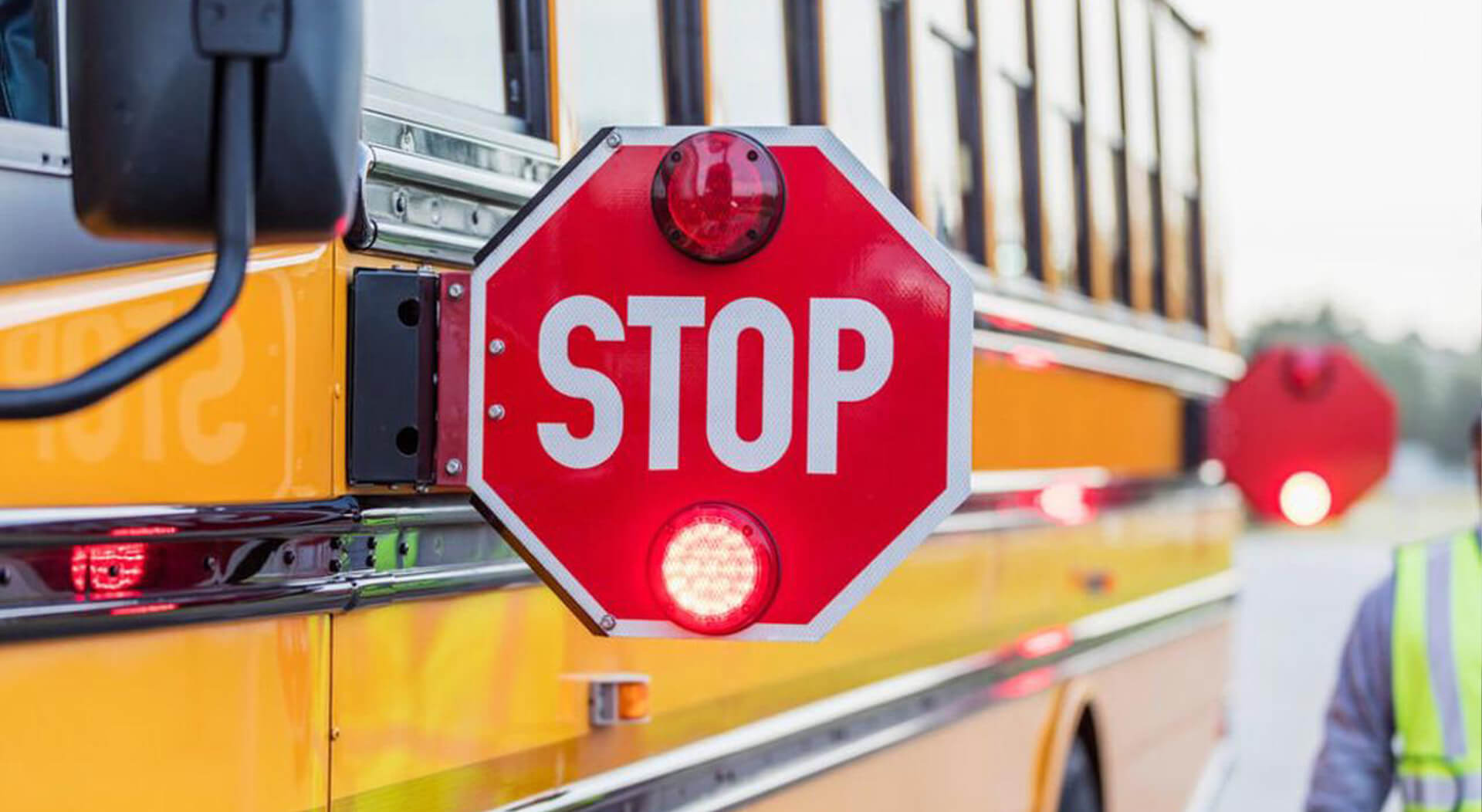School Bus Repair and Maintenance: What You Should Know

Thinking of investing into the transport industry? Well, if it’s running a fleet of school buses you’re planning to venture into, there are several various aspects to consider to turn that business venture into success.
First off, you need to buy exceptionally decent units that could very well serve their purpose – to function as a transport service taking students from their homes to their schools and back, in a safe manner. Over at UsedVending, we have an array of the latest in school buses for sale with low floors to ensure the utmost safety of the passengers. Visit their site to get a good idea of the vehicles that perfectly suit your needs and budget.
In real life, a school bus business always has its minor and major issues particularly in the repair and maintenance aspect. Here below are important things that you need to know as a business owner and operator to keep things in your fleet running smoothly.
What’s Inside
What You Should Know About School Bus Repair and Maintenance
Issues Associated with the School Bus Business
Breakdowns are one of the most troublesome issues that can happen to a bus owner because it would entail lots of money to repair even a single unit. Other problems involve late pick-ups or drop-offs, unauthorized change in route plus a lot more.
If your bus habitually comes late in the mornings because of a maintenance issue, it becomes a big headache not only for parents but also for teachers and the students as well. You may have the time to look for a feasible replacement but before the eyes of the parents, student populace and the entire academic community, you’re a failure. And this could have an adverse effect on your bottom line.
Common issues can be truly avoided by doing the following: hiring competent and highly-experienced drivers, and subjecting your fleet to preventive maintenance.
Preventive Maintenance
Consistent bus performance is what business owners wish for in this type of undertaking but it vastly depends on how well your company maintains and manages your fleet. So, what exactly is preventive maintenance?
When regular and routine maintenance is done on every aspect of all your vehicles – inside and out, then you can expect every single unit to be up and running smoothly all the time. Sounds costly right? But, that’s the only way to avoid any unpredicted downtime as a result of sudden equipment or machine failure.
You need to plan your strategies and maintenance schedule even when there is no evident problem yet. An ideal preventive maintenance should include general policies for service and repairs so that there’s nothing missed if all of your buses are serviced.
Spend Money for the Appropriate Technology
Use of Fleet Management System
As the world turns digital, the transport service and its systems and procedures have also levelled up. Gone are the days when people used to fill up and sign forms or do accounting on paper and all those administrative concerns.
Today, there is what is now called a “paperless system”. More and more modern bus fleets nowadays are using a software application that helps them work efficiently. The best part, you don’t need to save everything in your device but you can store data safely in the cloud which you can access anytime with just a click of a button.
The Fleet Management Software enables operators to track asset data fast including helping them create preventive maintenance schedules, monitoring of inspection forms, inventories and maps. With this kind of system, tracking and supervising your fleet anytime and anywhere comes easy.
Planning all forthcoming maintenance and inspections can be hassle-free. Likewise, the software can manage all sizes and types of fleet. Above all, drivers and managers will always be updated on maintenance schedules as notifications are sent out in order to alert people of when a service is due.
Use of GPS Tracking Device
The Global Positioning System (GPS) is a radio-navigation system owned by the US government which has a network of satellites that circle the earth. It also has receiving devices to pinpoint the precise location of something on earth.
The GPS in your phone picks up the signals. With distance from four or more GPS satellites calculated by the GPS receiver, your exact location on earth will be known. Since the system provides accurate time and distance, it’s an effective tracking mechanism for your bus’s accurate location.
Should a breakdown occur somewhere because of a malfunction, you can send off a replacement unit without necessary delay. Student ridership can also be traced as they go in and out of the bus via the use of a Radio Frequency Identification (RFID) card.
For your fleet to last long and afford safety of travel for school kids, be proactive when it comes to repair and maintenance. Meaning to say, inspect your vehicles during summertime even when problems don’t occur yet and by the school opening, your buses will be ready to transport dozens of students eager to start school again. When it’s time for going back to school, all units in your fleet should be up and running again without glitches.
There are still many things to learn not only about repair and maintenance if you decide to invest in the school transport business. For more bus business ideas, visit UsedVending.com.







